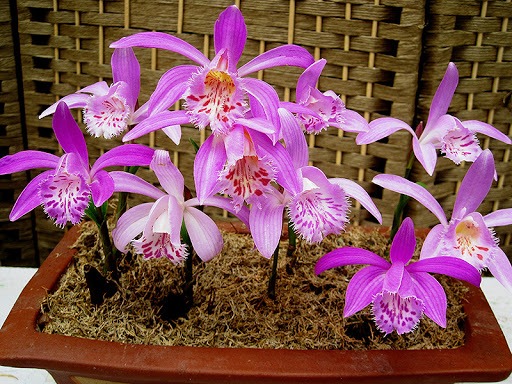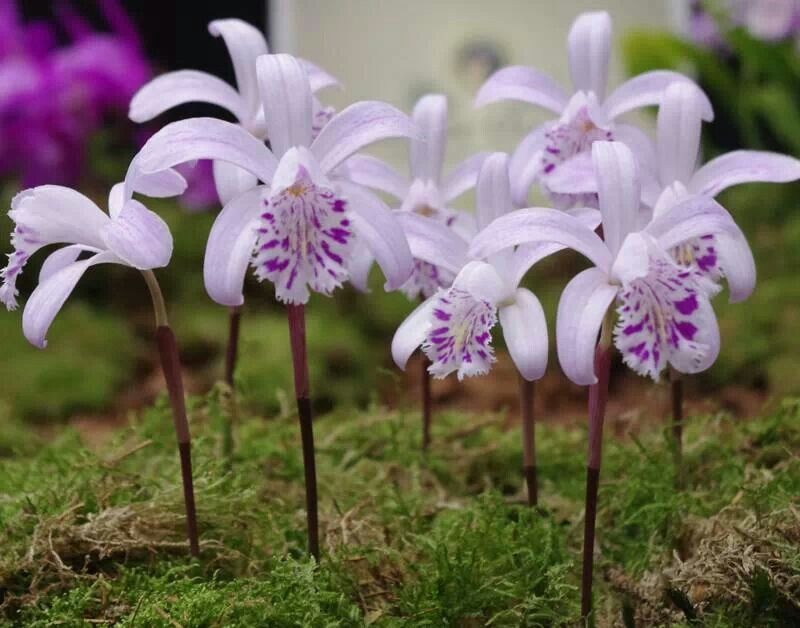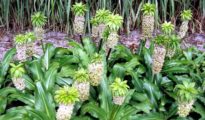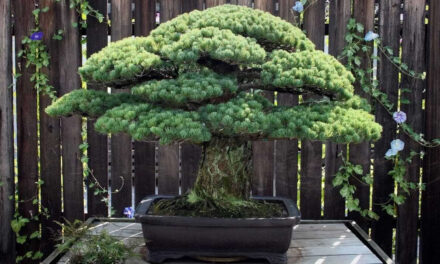Orchids are increasingly popular houseplants, but did you know that these beauties can also be grown outdoors? That's right—with a little know-how, you can enjoy orchids in your garden as well! Here's what you need to know about growing orchids outdoors.

How to Grow Orchids Outdoors
The first thing you need to know about growing orchids is that there are two main types: epiphytic and terrestrial. Epiphytic orchids grow on other plants (usually trees) and get their nutrients from the air, while terrestrial orchids grow in the ground. The type of orchid you have will dictate how you care for it, so be sure to do your research before getting started.
Start with the right variety. There are many different types of orchids, and not all of them will do well in an outdoor setting. If you're looking to grow your orchids outdoors, it's important to start with a variety that is known to be hardy and can tolerate some direct sunlight. Some good varieties to consider include phalaenopsis, cattleya, and dendrobium species.
- Give them some shelter. Orchids love bright light, but they also appreciate some shelter from the harsh midday sun. If you live in an area with very hot summers, you may want to provide your orchids with some afternoon shade. This can be as simple as placing them under a tree or creating a makeshift canopy out of a piece of cloth or screen.
- Water regularly. Orchids need to be watered regularly, especially during the hotter months when they are actively growing. However, it's important not to overwater them as this can lead to root rot. A good rule of thumb is to water your orchids once a week, making sure the soil is moist but not soggy. In the cooler months, you can cut back on watering slightly but make sure they never completely dry out.
- Feed them monthly. Most orchids will benefit from being fed a monthly dose of fertilizer during the growing season (spring through fall). Look for a fertilizer that is specifically formulated for orchids and follow the directions on the package for best results.
Selecting a Location

Once you know what type of orchid you have, it's time to select a location for it in your garden. If you have an epiphytic orchid, look for a spot on your property where there are plenty of trees—or even better, an existing garden trellis. Terrestrial orchids, on the other hand, will do best in a shady spot near the base of a tree. Once you've selected the perfect location, it's time to get planting!
Fertilizing Your Orchids
Orchids need regular fertilizing during the growing season (spring through fall). Use a balanced fertilizer that is specifically formulated for orchids. Follow the directions on the package for how much fertilizer to use and how often to apply it. During the winter months, you can cut back on fertilizing since orchids enter a period of dormancy.
Pests and Diseases
Outdoor orchids are relatively resistant to pests and diseases, but there are a few things you should watch out for. Aphids, mealybugs, and scale can all cause problems for orchids. These pests suck the sap out of the plant, which can weaken it and cause stunted growth. Regularly check your plants for pests, and if you see any, remove them by hand or treat with an insecticide specifically formulated for use on orchids. As far as diseases go, root rot is the most common problem facing outdoor orchids. This happens when the roots are constantly wet and can't get enough oxygen. To prevent root rot, make sure your orchids are planted in well-drained soil and water them only when necessary. If you see any signs of root rot (leaves that are yellowing or browning), remove affected roots immediately and replant in fresh soil.
Caring for Your Orchid
Assuming your orchid is already in a pot, simply dig a hole that's large enough to accommodate the root ball and plant it at the same depth it was previously growing. If you're starting from scratch with bare roots, soak them in lukewarm water for 24 hours before planting. Water your orchid regularly (about once a week), being careful not to overwater it. And finally, give it some food—a slow-release fertilizer specifically designed for orchids is ideal. With a little love and care, your orchid will thrive outdoors!
With proper care, growing outdoor orchids can be a fun and rewarding experience. These beautiful flowers are easy to care for, and they make a great addition to any garden. Just be sure to choose a location with filtered sunlight and moderate humidity, water regularly (but not too much), fertilize during the growing season, and watch out for pests and diseases. With a little effort, you'll have healthy outdoor orchids that will bloom year after year! Now that you know how to grow orchids outdoors, it's time to roll up your sleeves and get to planting!



















